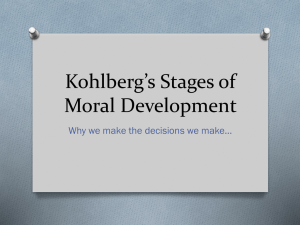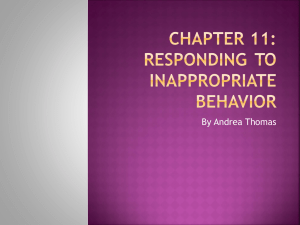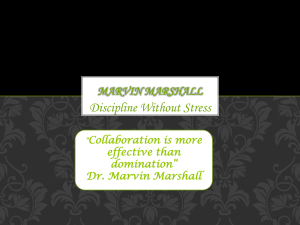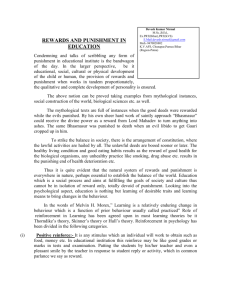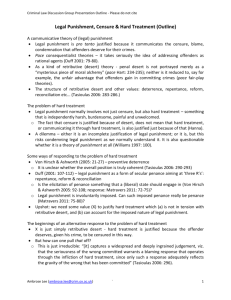The complacency myth and laziness fallacy
advertisement
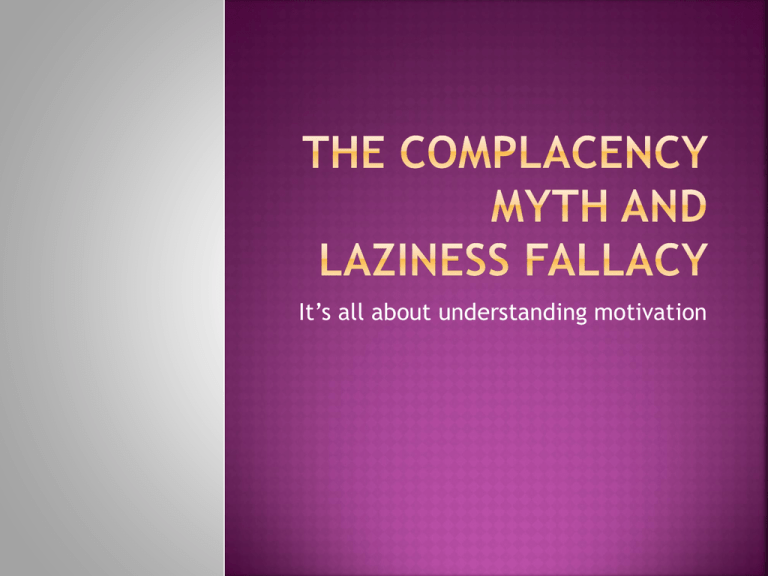
It’s all about understanding motivation January 13, 2012 at 9:45 PM 30 Dead (2 still missing) Francesco Schettino[(Captain) had passed the shoreline closely at least four times prior to the sinking 30 minutes passed between the striking and the notification of shore authorities of the event Most of the crew of the ship did not speak Italian and had a limited command of English Francesco Schettino joined Costa as a SAFETY OFFICER in 2002 Had never been involved in a Safety Incident before Had the Captain ignored the risks? Was the Captain complacent?[ MV Dona Paz – (1987) Philippines 4,341 Al Salam Boccaccio 98 – (2006) Egypt 1012 MS Estonia - (1994) Estonia 998 MV Bukoba – (1996) Tanzania 758 Shamia – (1996) Bangladesh 660 MS Express Samina – (2000) Greece 143 1. 2. 3. Yes No Once or Twice 48% 48% 4% 1 2 3 1. A feeling of contentment or selfsatisfaction, especially when coupled with an unawareness of danger, trouble, or controversy. 2. An instance of contented self-satisfaction. Let’s Talk About Habituation Natural Serves a Need Can be an Important Characteristic Is at the Root of most “Complacency” Be safe 100% of the time Always be aware Always be careful Pay attention 100% of the time Usually used to “Blame” employees for being unsafe An easy way to get away from making true safety improvements Takes all the responsibility away from the system of the workplace and focuses only on the individual A very traditional approach to safety 1. 2. 3. Yes No Are they ever NOT lazy?!?! 87% 6% 1 2 6% 3 It’s true that most people will do as little as they can to get results… However, there are cases where people will avoid safety because it does prove to be difficult? Understanding motivation is key to get employees to work safely What are the two primary motivators for workplace safety? How do you improve employees engagement in safety so they are less likely to habituate to risk? Blaming employees is never helpful Accountability is appropriate, but only under the correct and most well-defined circumstances The only true option is using “System’s Related” thinking… Different from punishment Is needed in a well managed system Should not be the focus of the safety process Must be used primarily to document unsafe acts where there is an intention to do the “wrong-thing” Need to contrast with traditional safety that uses a significant amount of punishment Don’t do the wrong thing (not do the right thing) Typically person focused not workplace focused… Often use complacency and laziness as reasons for accidents Somewhat like a Merry-go-Round A n d t h e r e ’s n o t h i n g w r o n g with traditional safety… if you are happy with the ride… Punishment get only avoidance behavior. Punishment does not reinforce anything. Causing bad behavior to go away doesn’t mean that it will be replaced by the behavior you want The use of punishment should be reserved when you REALLY need to remove an individual Look at the fundamental motivator in safety What individuals learn, they tend to repeat. Punishment is easy and gets quick results The use of punishment becomes an organizational value and part of the culture. 1. 2. 3. No, they are not used enough They are used enough, but not too much They are definitely overused 58% 29% 13% 1 2 3 When we claim employees have become complacent we are blaming them for being unsafe Blame is a form of punishment Punishment is only good for one thing… 1. 2. 3. Yes and fired! No Somewhat, but not fired. 65% 29% 6% 1 2 3 Debunk the Complacency Myth Work-Around the Laziness Fallacy BECAUSE THEY TAKE YOU AWAY FROM “SYSTEMS THINKING” We need to look at Safety Culture and understand what truly motivates people when it comes to workplace safety Individuals are motivated by the outcomes their actions achieve Aligning actions to be in synch with expected cultural norms is natural Understanding how results impact decision making and behavior is CRITICAL Moving from Fault Finding to Fact Finding Understanding that true “human error” is controllable and is based, not on intentionality, but results from on multiple factors Accept that not all “Human Error” is a bad thing Avoids the “Zero Injury, Zero Fault, and Zero Harm” Myth Ensures that all employees can engage in a meaningful way in the job. Blame is NEVER a healthy approach to workplace safety Employees are never COMPLACENT or LAZY if they think there is a reasonable chance they may be injured In order to improve safety, REALLY IMPROVE SAFETY we need 1) System’s Based Thinking 2) A complete shift of motivation by fear to one of accomplishment and engagement 3) A relentless and urgent approach to ensuring that BLAME is removed from the equation completely and forever!



